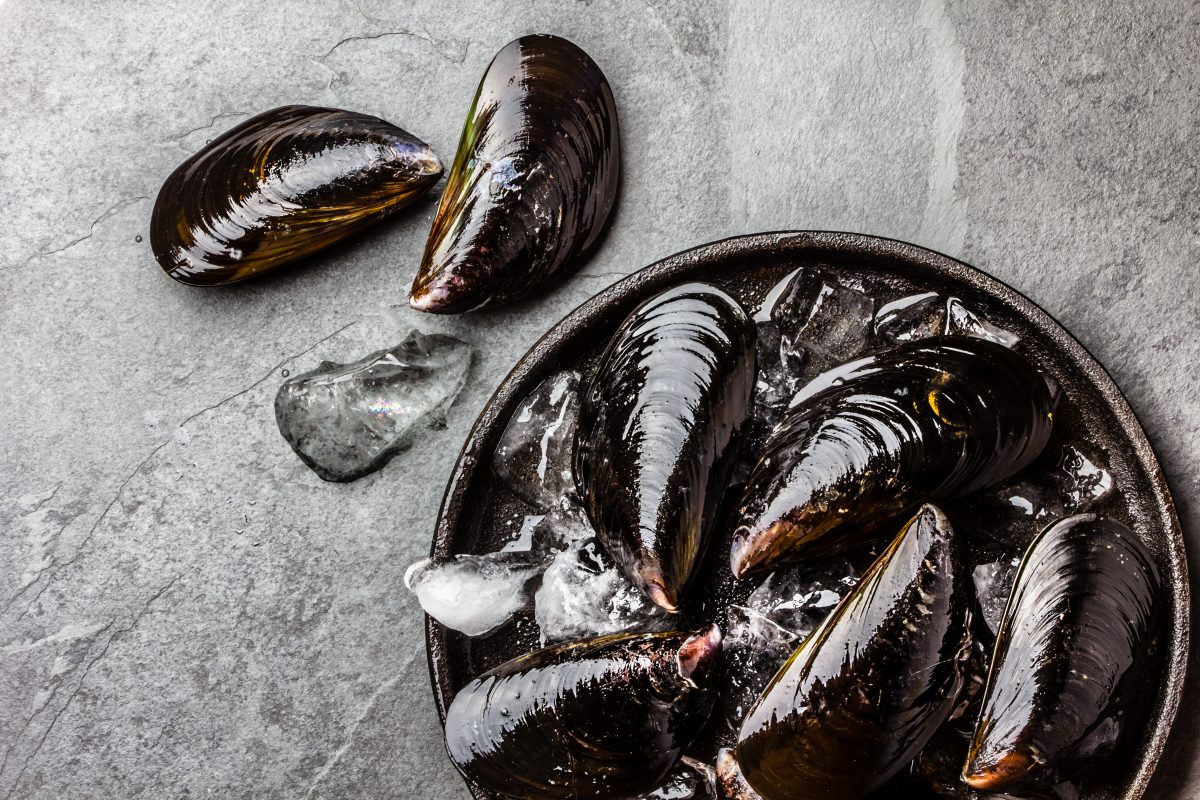Time, migrations, history, and a variety of other factors can bring plants and animals from one area to another, resulting in the transplant of non-native species. Sometime intentional, sometimes accidental, the introduction of non-native species can be useful to deal with certain environmental situations and often causes no harm. However, non-native species can also become invasive, annihilate endemic plants and animals, and threaten ecosystem health.
Ocean and water ecosystems around the world suffer from invasive species. What’s worse, these intruders can often be difficult to remove once they’ve adapted to their new environments. How can we battle the damage caused by various invasive species? The good news is that some of these species are delicious and nutritious! In a world where our seafood choices can be difficult to navigate, here is one good option to help native species repopulate and still enjoy the seafood we all love. Below are three invasive species that we can opt for the next time we want to eat seafood.
Common Carp
The common carp is one of the most widely known invasive fish species in the world. Native to Asia and Europe, the fish was originally brought to the United States as a gaming fish in the 19th century. Since their introduction, common carp have plagued freshwaters throughout the Midwest and the Great Lakes, multiplying exponentially, to the detriment of local species. Although there is ongoing debate on whether this species is still considered invasive due to its long-established presence since the 1800s, one thing is known; common carp are sustainable to eat! As a non-native species, harvest is not an ecological concern. Common carp from the U.S. Great Lakes are listed as a “Best Choice” on Seafood Watch. It should be mentioned though, that there is concern around bycatch of local species when net fishing common carp in the Great Lakes.
Mediterranean Mussel
When we think of a mussel, often it is the Mediterranean mussel with the iconic black shell and rounded edges that comes to mind. Originating in (you guessed it) the Mediterranean, this mussel was transported around the globe unintentionally, through ballast water, as well as intentionally, for aquaculture farming. As a result, it is a commonly known and harvested muscle species. As a filter feeder species, mussels are relatively benign. They are often found on rocky coastline and intertidal zones, requiring little to no food and being tolerant to a wide variety of conditions. What’s better – mussels are filter feeders that actually clean the waters around them, making them an excellent addition to many marine habitats.
The Mediterranean mussel is listed a “Best Choice” by Seafood Watch, with the following statement:
“All mussels farmed worldwide using bottom and off-bottom culture methods are a “Best Choice.” Shellfish aquaculture is considered a highly sustainable practice because the overall environmental impacts of farming plankton-filtering species are minimal.”
Asian Tiger Shrimp
Asian tiger shrimp, also known as Giant Tiger Prawn, are a species native to the Indo-Pacific, but who have recently been found on the US Gulf Coast and in other parts of the US southeast coastline. It is still unclear how this species made it across the pond and researchers are looking into what may have caused this. Due to faster spawning and growth rates of shrimp species, its especially important that these tiger shrimps are kept in check.
Although it’s too early to say if the populations found on the US coastlines will become problematic, Asian tiger shrimp farmed in indoor circulating tanks are rated as a “Best Choice” by Seafood Watch. Disease and chemical discharge from these indoor facilities are relatively low-risk. If you choose to buy and eat this species, it’s important to avoid Giant tiger prawns farmed in Bangladesh, India, Indonesia, Malaysia and Vietnam as there are serious habitat impact concerns with the aquaculture of these the species in these areas. We will have to stay tuned on whether invasive populations from the US coastlines will be available for harvest.
There we have it: three non-native species that have been introduced in the United States and are recommended as good options for seafood eaters. Although the circumstances for each species is different, one thing remains important: do your research before heading to the seafood counter. Although seafood is very healthy and generally has low carbon emissions, it remains a nuanced and particularly complex industry. The best thing we can do is try to stay informed!
Curious about other edible invasive species? Read our article on invasive Lionfish!
